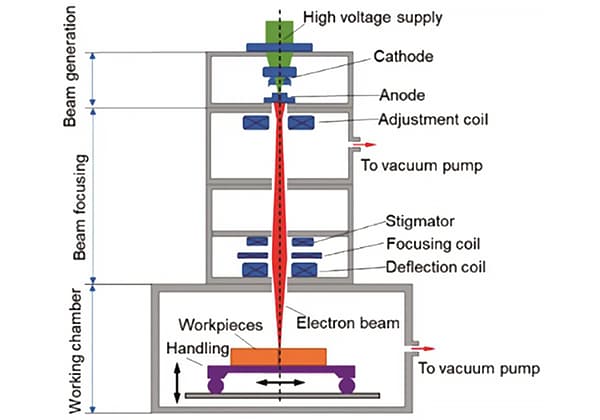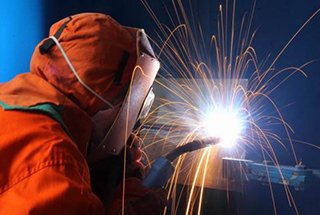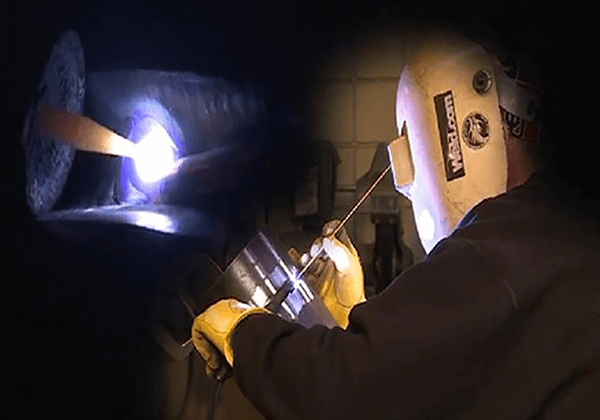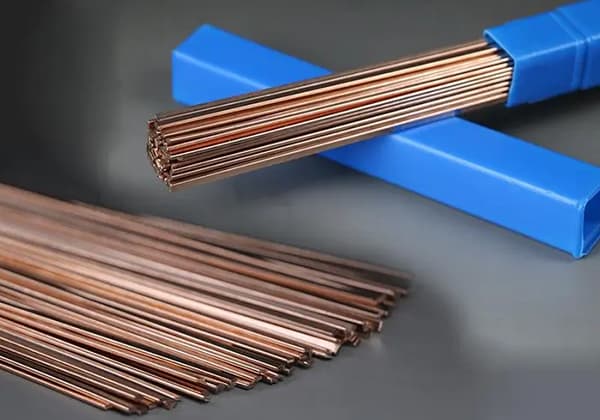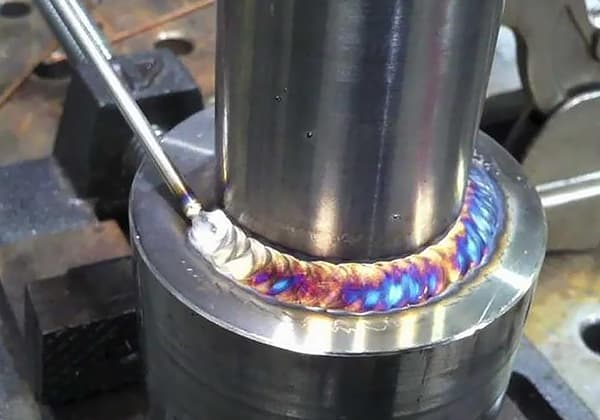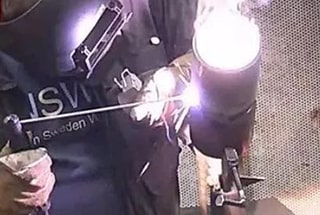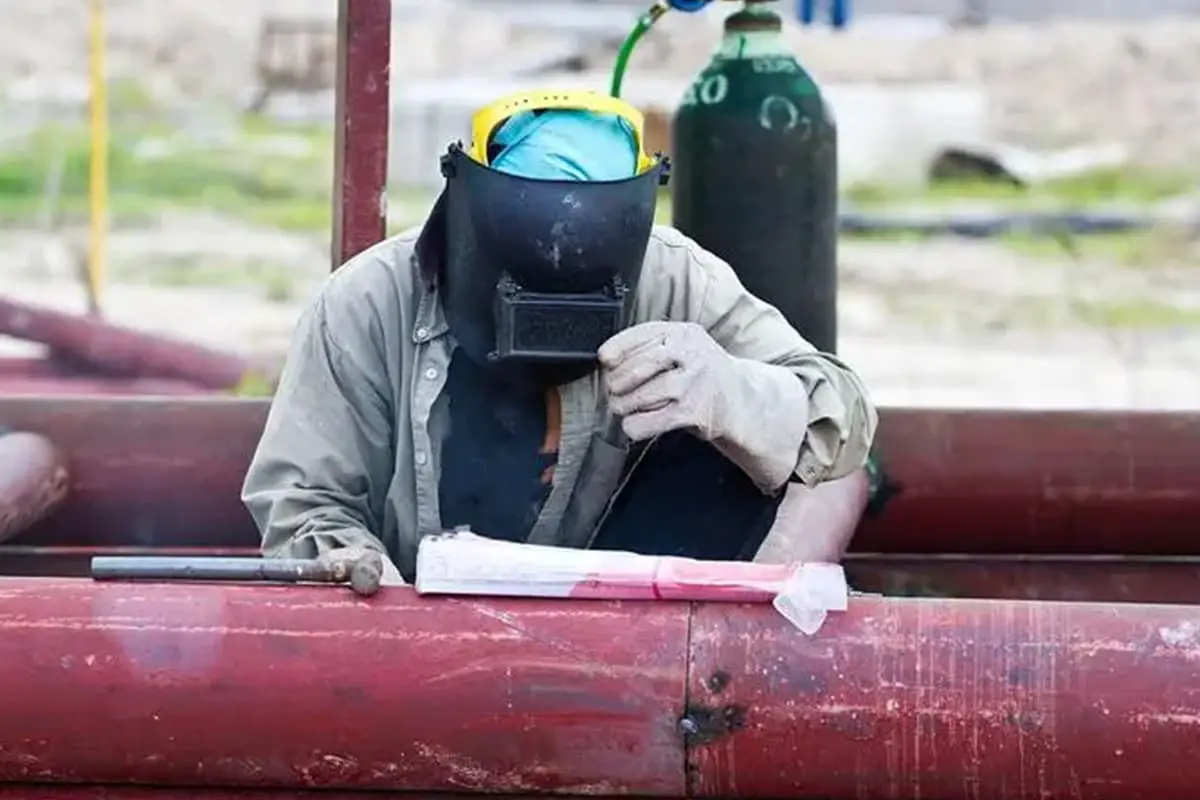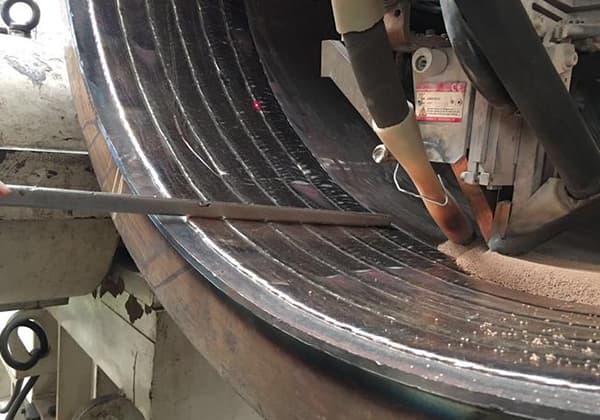
Is full penetration welding always superior to deep fusion welding? This question puzzles many in the metalworking industry. This article breaks down the strengths and weaknesses of both techniques, detailing their applications, cost implications, and inspection requirements. By the end, you’ll understand when to choose full penetration for strength and reliability, or deep fusion for efficiency and cost-effectiveness.
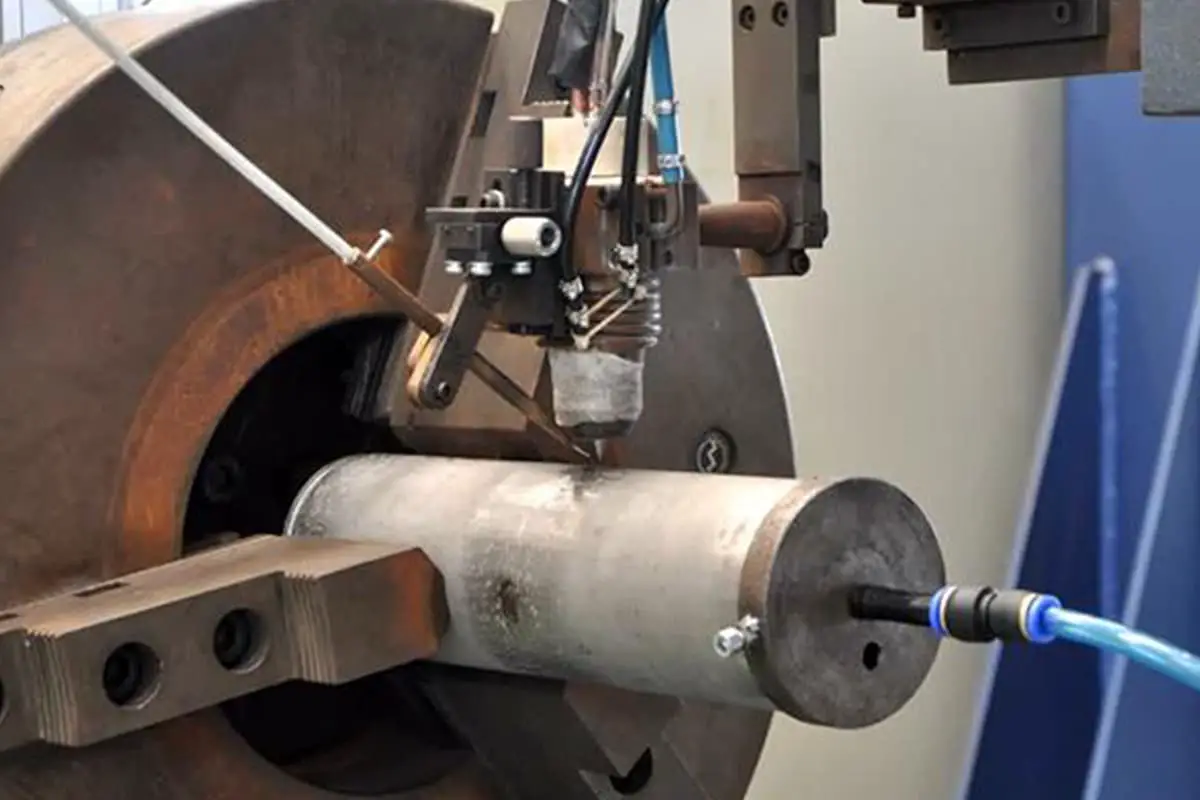
From a materials science perspective, deep fusion welding involves a partial metallurgical reaction between the welded metals on both sides, with limited depth compared to full penetration welding.
Full penetration welding, in contrast, ensures a complete phase transformation process for the welded metals, resulting in a more homogeneous internal structure and fewer metallurgical defects.
Consequently, full penetration welds exhibit superior strength characteristics compared to deep fusion welds.

Fillet welding, deep fusion welding, and full penetration welding represent the three most common forms of continuous fillet welds. The specific bevel geometry depends on factors such as plate thickness and welding method.
According to DNV and LR standards, deep fusion welds do not require ultrasonic testing (UT), while full penetration welds mandate 100% UT inspection.
Full penetration welding necessitates root cleaning to eliminate welding defects before backside sealing. Deep fusion welding does not require backside root cleaning, and bevel design is determined by plate thickness and desired fusion depth.
Structures subject to dynamic loads typically require full penetration welding to mitigate stress concentration and enhance the mechanical properties of the weld joint, advantages not offered by deep fusion welding.
From a strength perspective, critical structural joints generally demand full penetration welding. However, if deep fusion welding can ensure adequate weld strength, full penetration joints may not be necessary.
Welding processes must balance applicability, reliability, and cost-effectiveness. Full penetration welding, compared to deep fusion welding, consumes more welding materials, increases labor intensity, and requires more extensive post-weld inspections.
Deep fusion welding increases joint penetration depth and is often employed when the fillet weld angle is excessive, allowing for a 15-20% reduction in weld leg size.
The American Welding Society (AWS) classifies deep fusion welding as partial joint penetration, while full penetration is defined as complete joint penetration. In some contexts, deep fusion welding is denoted as PP (Partial Penetration) and full penetration as FP (Full Penetration).
Inspection requirements differ for these welding types. Deep fusion welds typically undergo only leak testing, while full penetration welds require both leak testing and either magnetic particle (MT) or ultrasonic (UT) testing.
Modern practices generally involve bevel preparation for both types, with variations in root face dimensions. Full penetration welding typically maintains a 4mm root face requiring backside cleaning, while deep fusion welding allows for a larger root face without backside cleaning.
Weld joint geometries also differ. Deep fusion welding (often mislabeled as “FULL PENETRATION” in the original text) typically utilizes a V-shaped cross-section with single-sided formation, leaving a 0-2mm root face. This root is directly fused during welding, with backside forming often facilitated by ceramic backing. Common applications include deck plate to main deck connections and slot-type bulkhead lower seat to inner bottom plate joints.
True full penetration welding (incorrectly labeled as “DEEP PENETRATION” in the original text) generally employs a K-shaped or Y-shaped cross-section, with a root face exceeding 3mm. This method involves double-sided welding and is typically reserved for joints with special requirements.

